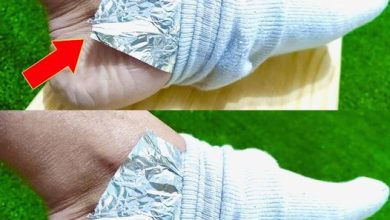5 ways to tell if an egg is fresh or rotten

Eggs are a versatile and nutritious staple in many households. However, ensuring their freshness is crucial for both taste and safety. In this guide, we’ll explore five effective methods to determine if an egg is fresh or rotten, offering you confidence in your culinary endeavors.
ADVERTISEMENT
1. Understanding Expiration Dates
Expiration dates on egg packaging are essential indicators of freshness. Regulatory requirements for egg sales mandate these dates. Surprisingly, eggs can remain safe for consumption up to a month past their use-by date if stored properly.
ADVERTISEMENT
Experience and Expertise Tip:
Having stored eggs beyond the expiration date myself, I can attest to their safety when handled with care. Proper storage, such as refrigeration, plays a vital role in prolonging egg freshness.
ADVERTISEMENT
2. The Smell Test
Trust your sense of smell to identify spoiled eggs. Sniffing eggs past their expiration date can reveal foul odors, indicating spoilage. To avoid contaminating other ingredients, crack the egg into a separate bowl and assess its smell.
Experience and Expertise Tip:
Personally, I find the smell test to be a reliable method. The distinctive unpleasant odor is a clear sign that the egg is no longer suitable for consumption.
3. Inspecting the Egg’s Shell
Visual examination of the egg’s shell is another valuable technique. Look for abnormalities such as cracks, mold, or unusual textures. After cracking the egg, check for discoloration, as certain colors may signal bacterial growth and potential foodborne illness risks.
Experience and Expertise Tip:
Inspecting the shell has saved me from using potentially contaminated eggs. The visual cues are easy to spot and ensure the safety of your culinary creations.
4. Dip the Egg in Water
The water dip technique is a unique method to assess an egg’s freshness. Immerse the egg in a saucepan or salad bowl filled with water. If it sinks to the bottom, it is still good for consumption. If it remains erect, eat it quickly. If it rises to the surface, it’s expired.
Experience and Expertise Tip:
I’ve found the water dip test to be fascinating and accurate. It provides a visual cue based on the egg’s buoyancy, reflecting its age and freshness.
5. Candling Method
Candling involves shining a light through the egg in a dark room to reveal the internal characteristics. Follow these steps:
- Dark Room Setup:
- Ensure you are in a dark room to effectively see the internal details of the egg.
- Hold the Egg to Light:
- Hold the egg up to a bright light source, such as a flashlight or a candling device.
- Observe the Contents:
- Look for the air cell, yolk position, and any irregularities within the egg.
- Freshness Indicators:
- A fresh egg will showcase a small air cell, a centered and round yolk, and clear egg whites.
- An older egg may have a larger air cell, a yolk that shifts, and slightly cloudy egg whites.




